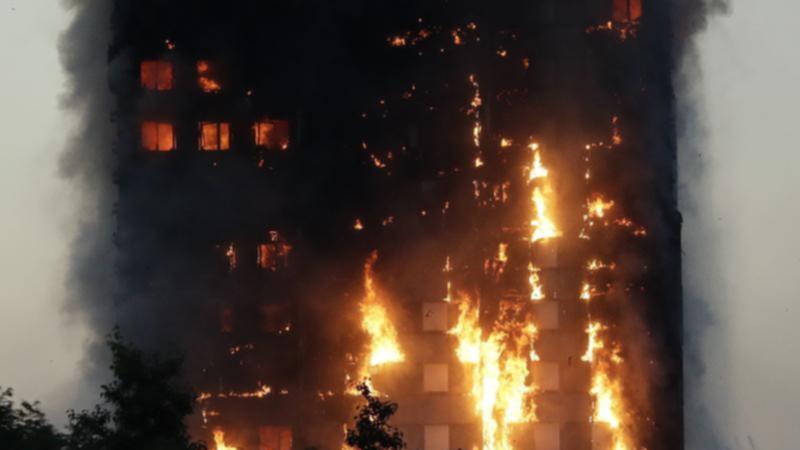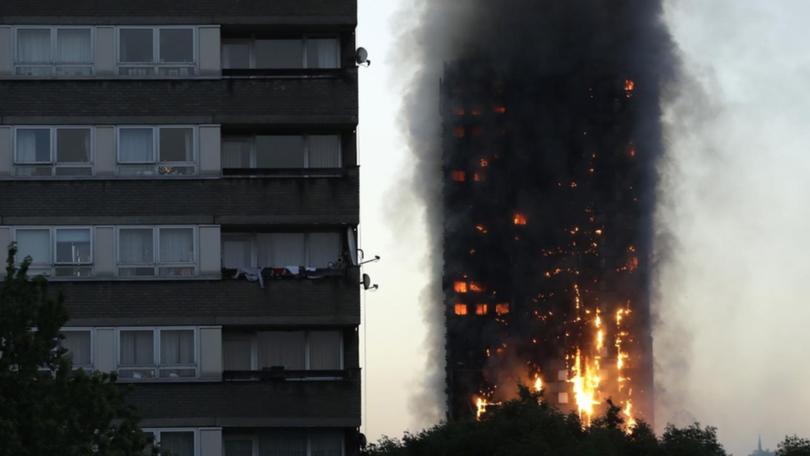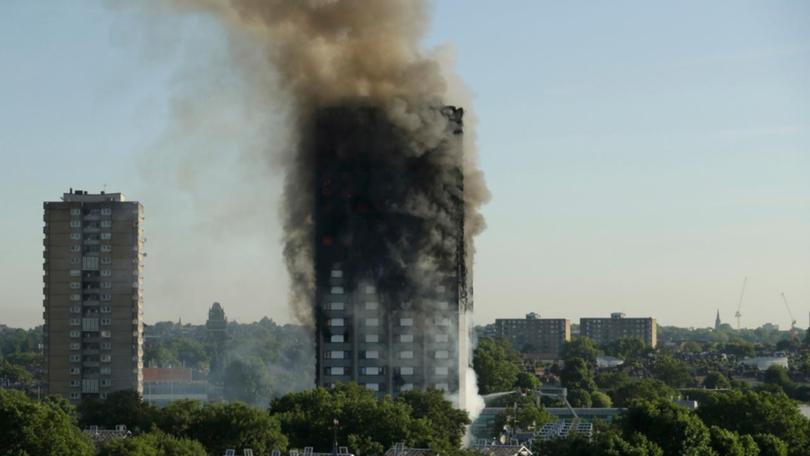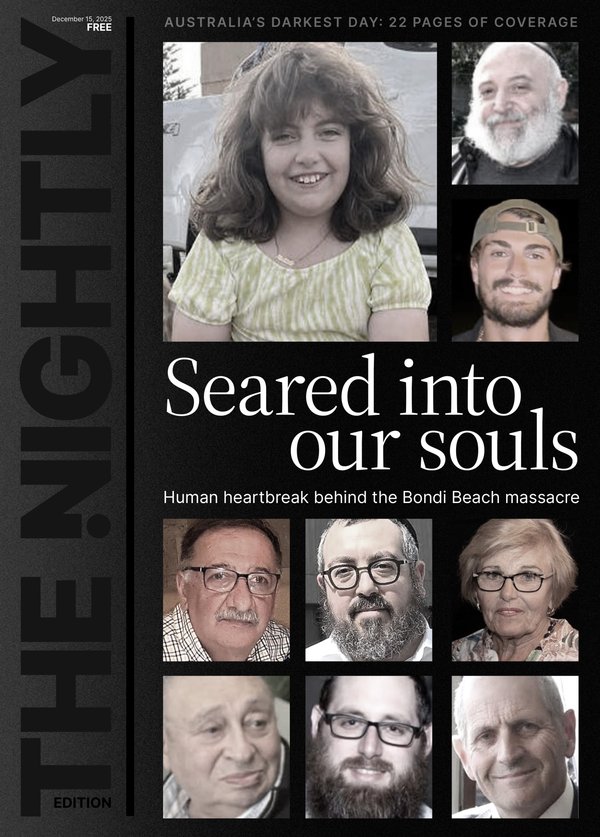Grenfell Tower fire inquiry blames ‘decades of failure’ by UK Government and industry for ‘death trap’ building

A damning report on a deadly London high-rise fire has found decades of failures by government, regulators and industry turned Grenfell Tower into a “death trap” where 72 people lost their lives.
The years-long public inquiry into the 2017 blaze concludes there was no “single cause” of the tragedy, but a combination of dishonest companies, weak or incompetent regulators and complacent government led the building to be covered in combustible cladding that turned a small apartment fire into the deadliest blaze on British soil since World War II.
“We conclude that the fire at Grenfell Tower was the culmination of decades of failure by central government and other bodies in positions of responsibility in the construction industry to look carefully into the danger of incorporating combustible materials into the external walls of high-rise residential buildings and to act on the information available to them,” says the inquiry, led by retired judge Martin Moore-Bick.
Sign up to The Nightly's newsletters.
Get the first look at the digital newspaper, curated daily stories and breaking headlines delivered to your inbox.
By continuing you agree to our Terms and Privacy Policy.While the report might give survivors some answers, they face a wait to see whether anyone responsible will be prosecuted.
Police will examine the inquiry’s conclusions before deciding on charges, including for manslaughter, but say any prosecutions are unlikely to come before late 2026.
The fire broke out in the early hours of June 14, 2017, in a fourth-floor apartment and spread up the 25-storey building like a lit fuse, fuelled by flammable cladding panels on the tower’s exterior walls.

The tragedy horrified the nation and raised questions about lax safety regulations and other failings by officials and businesses.
“How was it possible in 21st-century London for a reinforced concrete building, itself structurally impervious to fire, to be turned into a death trap?” the report asks.
“There is no simple answer to that question,” it concludes.
Grenfell Tower had been covered during a refurbishment with aluminium and polyethylene cladding - a layer of foam insulation topped by two sheets of aluminium sandwiched around a layer of polyethylene, a combustible plastic polymer that melts and drips on exposure to heat.
The report is highly critical of companies that made the building’s cladding, saying they engaged in “systematic dishonesty”, manipulating safety tests and misrepresenting the results to claim the material was safe.
The combustible cladding was used on the building because it was cheap and because of the incompetence of architects, engineers and contractors - all of whom thought safety was someone else’s responsibility, the report says.

The inquiry concludes the failures multiplied because bodies in charge of enforcing Britain’s building standards were weak, the local authority was uninterested and the “complacent” Conservative-led UK government ignored safety warnings because of a commitment to deregulation.
The inquiry’s initial report published in 2019, looking at what happened the night of the fire, criticised the fire department for telling residents to stay in their apartments and await rescue.
The advice was changed almost two hours after the fire broke out, too late for many on the upper floors to escape.
The Grenfell tragedy prompted soul-searching about inequality in Britain.
Grenfell was a public housing building set in one of London’s richest neighbourhoods, and many victims were working-class people with immigrant roots.
However, the report says the inquiry saw no evidence that racial or social prejudice influenced decisions that resulted in a dangerous building or the spread of fire.
After the blaze, the UK government banned metal composite cladding panels for new buildings and ordered similar combustible cladding to be removed from hundreds of tower blocks across the country.
But it’s an expensive job and the work has not been carried out on some apartment buildings because of wrangling over who should pay.
The report’s recommendations include tougher fire safety rules, a national fire and rescue college, and a single independent regulator for the construction industry.
The ruined tower still stands and is now covered in white sheeting with the words “Grenfell forever in our hearts” emblazoned at the top.
